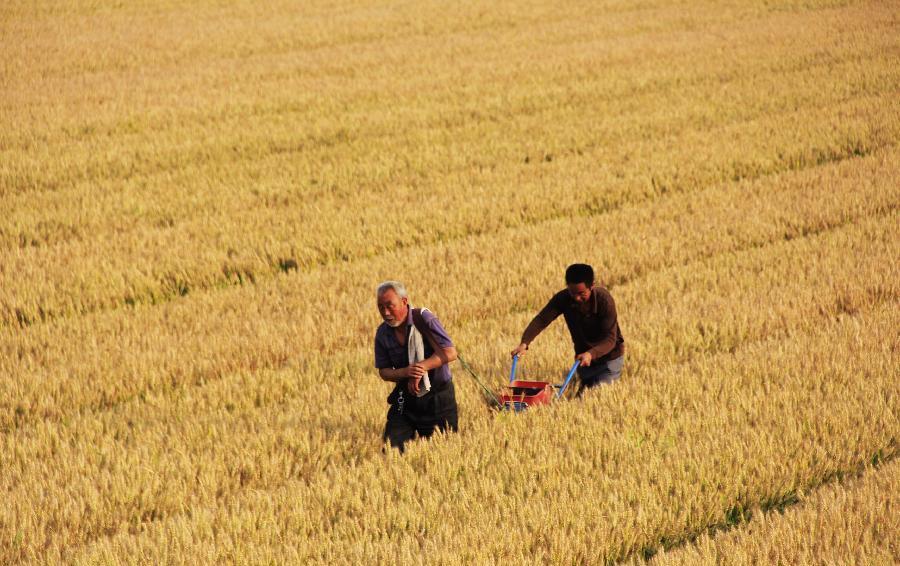Kuora: How rice vs. wheat shaped Chinese personality differences

This week’s column comes from one of Kaiser’s answers originally posted to Quora on June 20, 2015.
What are the historical and cultural differences between north and south China?
To even casual observers, there are quite pronounced differences in the personalities and mannerisms, broadly speaking, of northern and southern Chinese. Stereotypically — and here, even the people being stereotyped very often concur — northerners are more frank, more outspoken, often more brusque, more gregarious, more inclined to abstraction, and perhaps somewhat more quarrelsome and egoistic. Southerners, by contrast, are more reserved, more circumspect, less direct, and more apt to draw clearer in-group/out-group distinctions.
The line that generally divides China into fairly distinct northern and southern cultural zones runs along the Qinling Mountains 秦岭 from Sichuan through southern Shaanxi Province eastward along the Huai River to the Pacific. The south is warmer and wetter, due mainly to the fact that the summer monsoons, moving southeast to northwest, deposit most of their moisture before reaching this line. The North China Plain is relatively arid. They support very different types of agriculture, with wheat as the dominant staple in the north (along with millet, sorghum various pulses, and, since the Columbian Exchange, maize); and rice the dominant staple in the south. According to the theory that strikes me as most plausible, this difference gives rise in significant part to the observable psycho-cultural differences that we see even today.
For a deep-dive into this theory, see this paper in Science: Large-Scale Psychological Differences Within China Explained by Rice Versus Wheat Agriculture.
The lead author of the paper is also interviewed here in this podcast, of which (full disclosure) your humble correspondent is host.
Succinctly put, there are major differences in labor requirements for wheat versus rice, with much greater and focused labor needed for rice agriculture, which depends on coordinated flooding and draining of fields and allows for a very short window for transplanting of rice seedlings. Wheat cultivation only depends on rainfall, and requires much less labor (only half the ratio of person-hours to caloric yield). That means that southern Chinese have “evolved” a culture that rewards cooperative behavior. The tasks that these researchers administered to people straddling the rice-wheat border reveal a statistically significant difference that corresponds to the type of dominant agriculture.
I suspect (without real evidence, admittedly) that there may be another deep psycho-cultural strata, but I couldn’t say whether it can be explained by wheat vs. rice. Both the Yellow River floodplain (in a simplified shorthand, the heartland of northern Chinese culture) and the Yangtze River valley and delta (in that shorthand, heartland of southern Chinese culture) were settled in neolithic times. The cultures of Yue (in the Yangtze Delta) and Chu (in modern Hubei and Hunan, further upstream along the river) were quite distinct from those of the Yellow River and Wei River valleys in the north, and retained — indeed continue to maintain — some notion of separateness.
Kuora is a weekly column.






